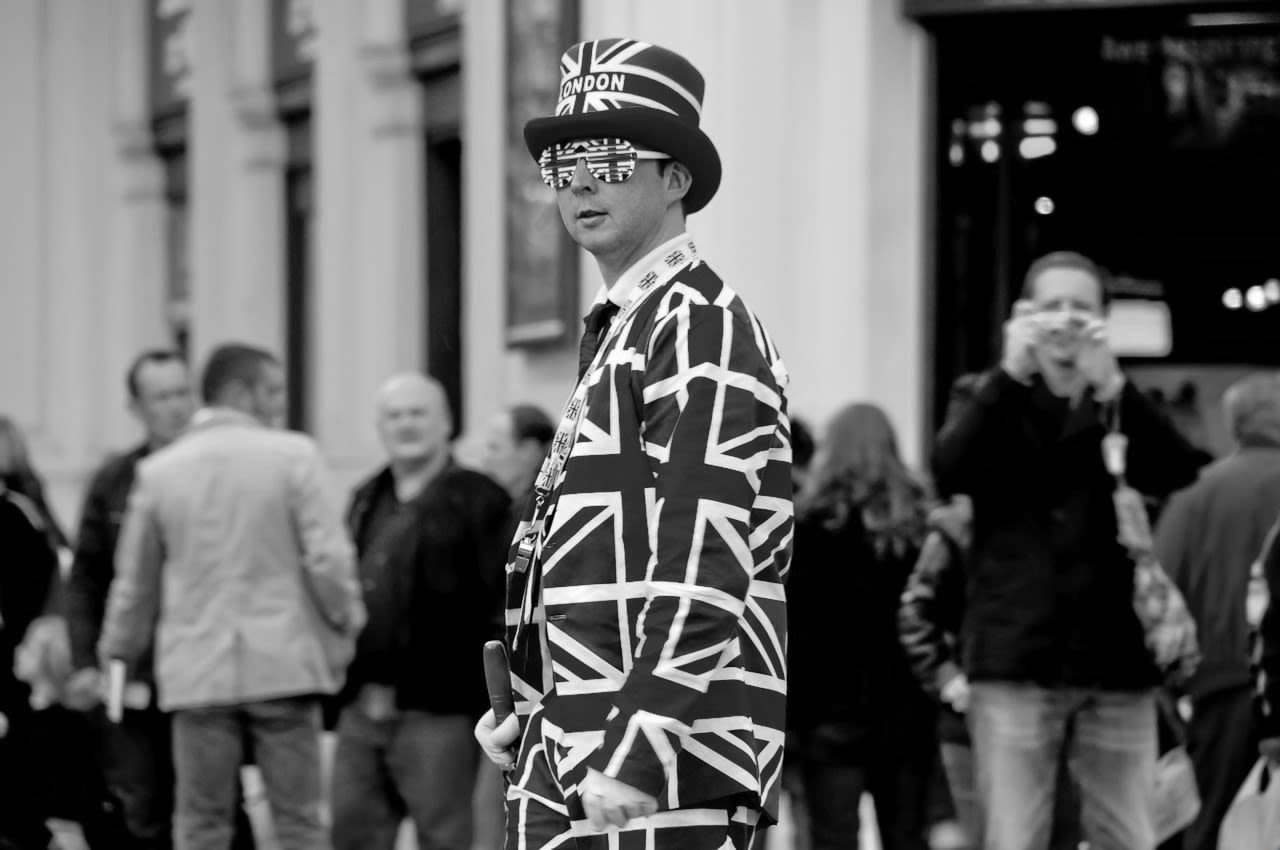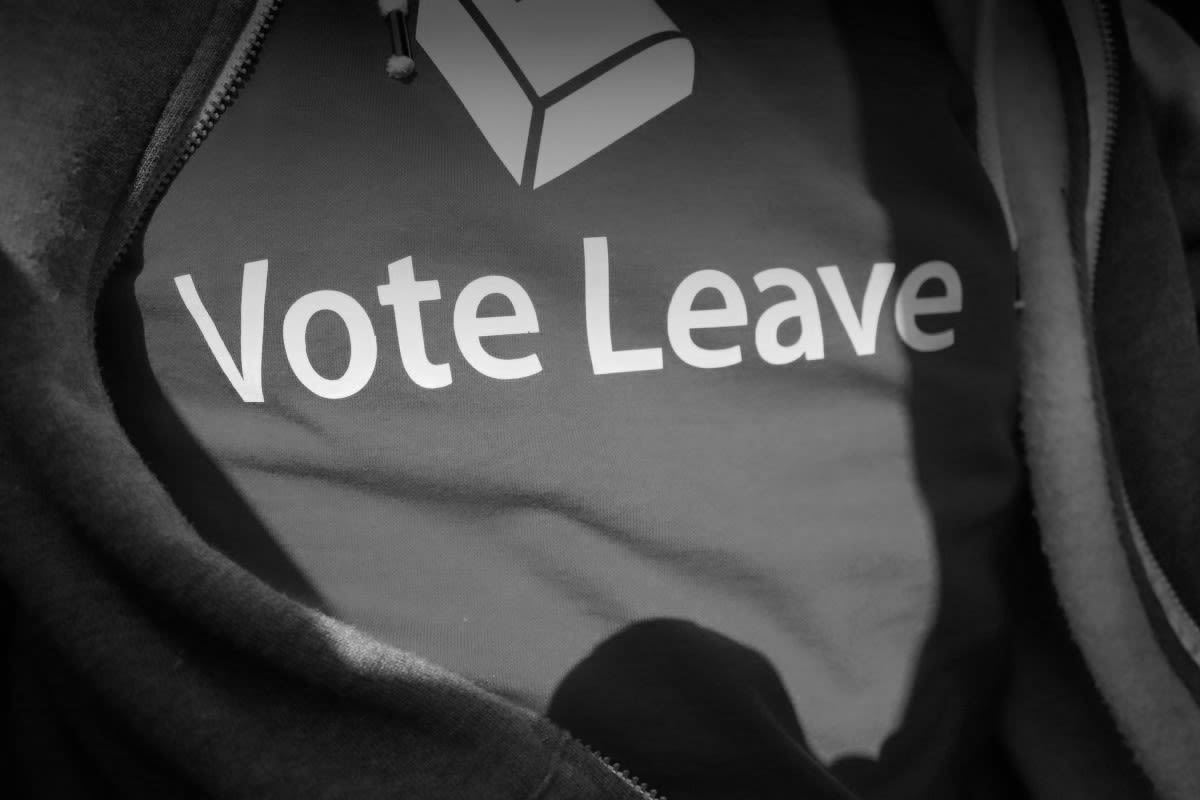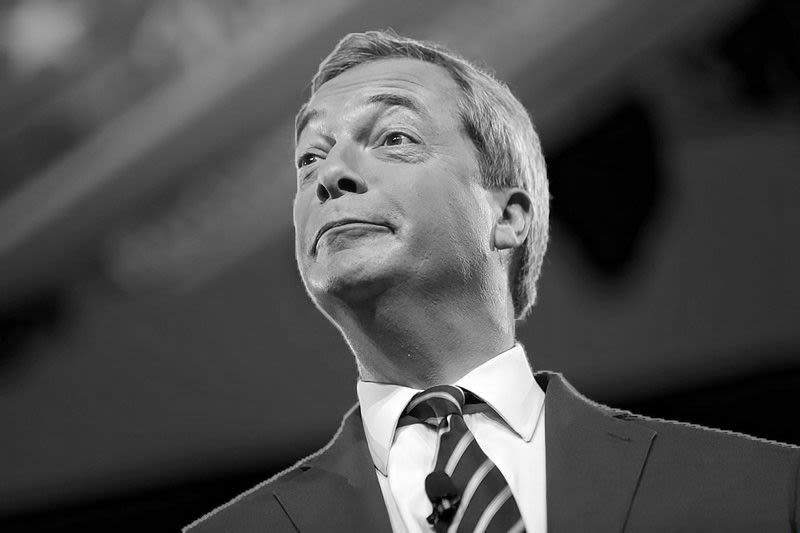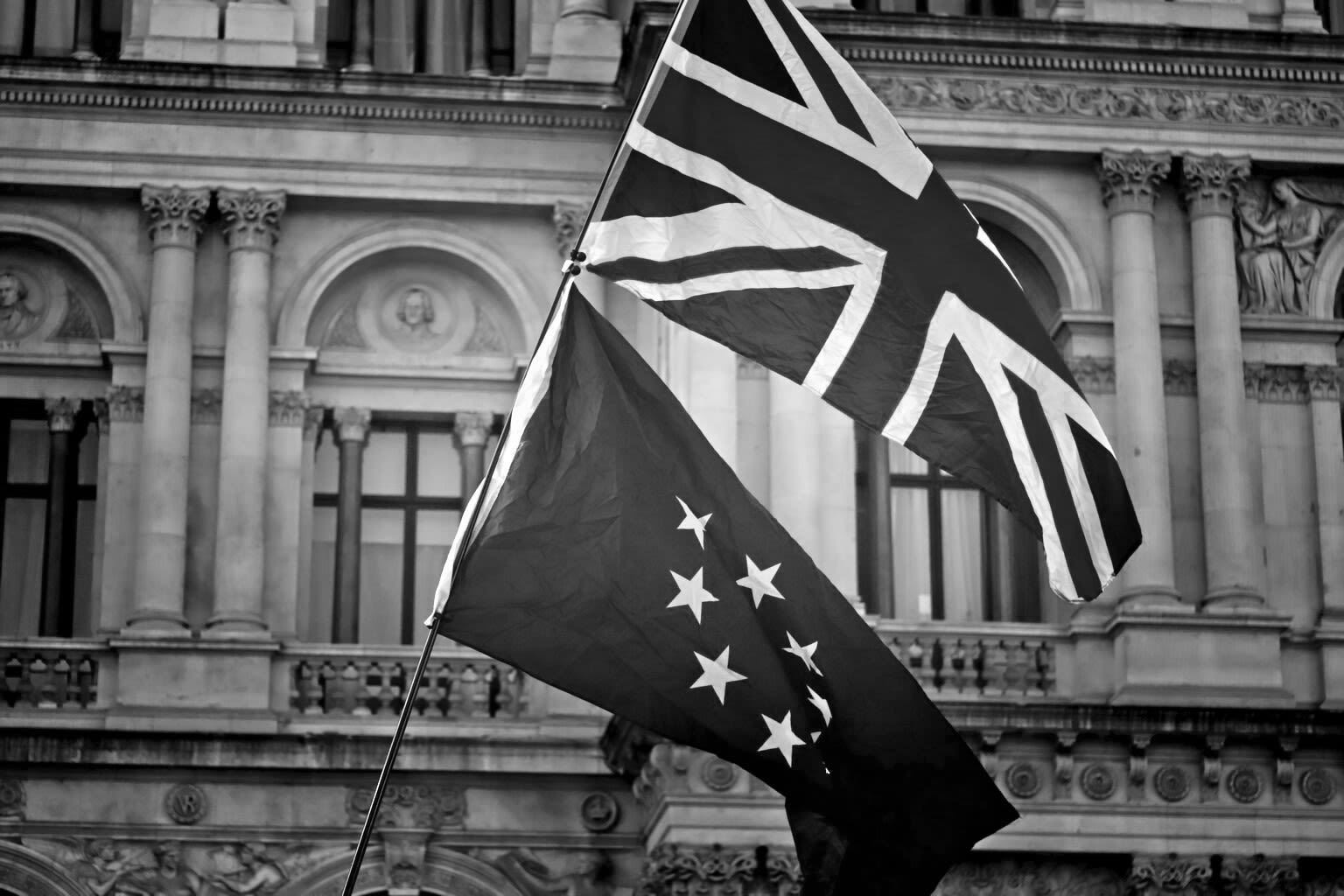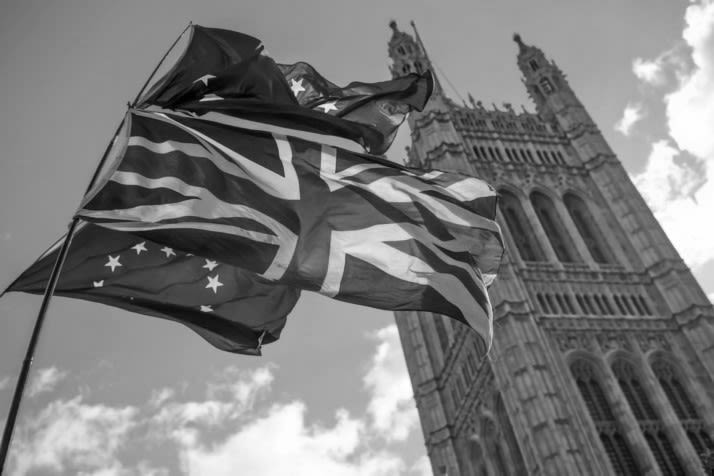The Commonwealth Mirage
Race, Memory, and Misinformation in the Brexit Campaign

In the lead-up to the Brexit referendum, the Leave campaign conjured a powerful image: a Britain unshackled from Europe, free to rekindle ties with its “true friends” across the Commonwealth. But beneath this nostalgic appeal lay a carefully constructed narrative—one that strategically erased, racialized, and distorted the very meaning of Commonwealth identity. This essay explores how the Commonwealth was not merely referenced but weaponized—as a rhetorical tool of soft misinformation, used to justify exclusionary immigration policies and reframe British identity along selectively white, imperial lines. By tracing these distortions, we uncover the deeper story of how political storytelling can blur the line between patriotism and propaganda.
The Whiteness of the Commonwealth Dream
For many in Britain, the word “Commonwealth” evokes a comforting vision of shared values, history, and culture. But during the Brexit campaign, this was strategically narrowed into what some politicians and pundits called the “Old Commonwealth”—a racialized grouping centered around Australia, New Zealand, and Canada. The official Leave campaign invoked these countries as socially and culturally compatible alternatives to the EU, projecting an image of Britain reconnecting with its white former colonies while ignoring or sidelining the contributions and realities of non-white Commonwealth communities.
This version of the Commonwealth served not as a symbol of global plurality, but as a selective mirror for post-imperial nostalgia. The irony, of course, is that in modern Britain, the most visible and culturally significant Commonwealth populations are not white—but largely South Asian, African, and Caribbean. Yet their voices, histories, and migration experiences were largely erased from the Brexit conversation.
Selective Belonging and the Curry House Strategy
The Leave campaign, in its attempt to secure votes across communities, did make symbolic overtures to non-white groups—most notably through Priti Patel’s now infamous “Save the British Curry” messaging. Patel, who was serving as the UK’s Minister of State for Employment at the time and later became Home Secretary, was one of the few non-white faces of the campaign. She argued that Brexit would allow Britain to ease restrictions on skilled immigration from South Asia. She promoted the idea of a national “Save the British Curry Day” as part of her Brexit campaign messaging—a symbolic nod to Britain’s South Asian communities amid tightening immigration discourse.
But this narrative was a smokescreen. It reduced complex immigration realities to culinary nostalgia, and sidestepped the deeper structural racism embedded in the UK’s migration policies. It was also an example of how identity was used strategically, not sincerely—invoking South Asian culture to soften an otherwise exclusionary stance on immigration.
Leaflets were distributed in South Asian neighborhoods, promising that Brexit would open the doors to skilled workers from India, Pakistan, and Bangladesh. But in practice, post-Brexit immigration policies have continued to favor white-majority countries, tech workers, and high-income applicants—leaving little space for the kinds of skilled but economically vulnerable migrants that Patel’s rhetoric invoked.
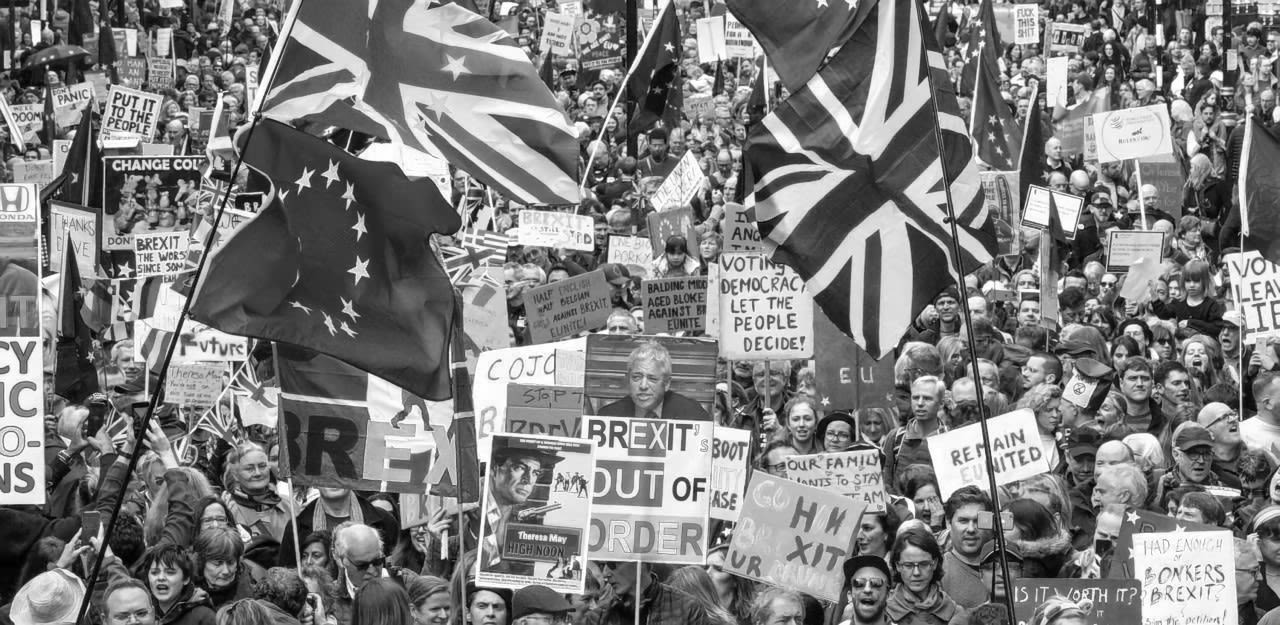
A History of Misremembering
The distortion of the Commonwealth in the Brexit narrative did not begin in 2016. It echoes a longer history of selective memory. During the 1975 referendum on whether Britain should remain in the European Economic Community, Leave campaigners similarly warned that staying in Europe would erode Commonwealth ties. That warning resurfaced decades later, championed by figures like Nigel Farage, Michael Gove (then Justice Secretary), and Boris Johnson (then Mayor of London, later Foreign Secretary and Prime Minister)—who portrayed Brexit not only as a return to national sovereignty, but as a reconnection with a racially filtered imperial past.
Farage even argued that Britons shared more with “English-speaking India and Australia” than with Europeans. Yet even in this framing, India appears only as a linguistic cousin—its complex diasporic contributions, political frictions, and migrant struggles conveniently ignored. Farage’s post-Brexit rhetoric has continued to resonate beyond the UK, including appearances at right-wing forums like the Conservative Political Action Conference (CPAC) in the United States, where he framed Brexit as a populist triumph against global elites.
Commonwealth Demographics Tell a Different Story
According to the 2021 Census by the Office for National Statistics (ONS), 18.3% of the population in England and Wales identified as non-White—up from 14% in 2011. Within that, 9.3% identified as Asian, Asian British or Asian Welsh, making them the largest ethnic minority group. Specifically, 5.5 million people identified with South Asian heritage, a significant proportion of whom trace their roots to Commonwealth nations such as India, Pakistan, and Bangladesh.
Further, as of the 2021–2022 estimates from the Migration Observatory, India remains the most common country of birth among the UK’s foreign-born population, followed by Poland and Pakistan. These figures not only affirm the UK's deep demographic ties with the Global South, but also challenge the selective image of the “Old Commonwealth” that featured so prominently in Brexit-era rhetoric.
These updated statistics reinforce a demographic truth: the lived reality of the Commonwealth in Britain is non-White, multilingual, and postcolonial—marked not by cultural proximity to Australia or Canada, but by the visible, everyday contributions of diasporic communities from South Asia, Africa, and the Caribbean.
Yet Brexit-era messaging clung to an image of whiteness as the default for compatibility and belonging. This mismatch between rhetoric and reality reveals the misinformation logic at play: invoke the Commonwealth to signal openness and heritage, but define it narrowly enough to exclude those who most embody it.
Post-Brexit Realities and the Aftermath of a Myth
Since officially leaving the EU in 2020, Britain has pursued new trade agreements with Commonwealth nations. Yet these deals have often favored economic elites over diaspora communities. For instance, visa routes for students and workers from India have been marginally relaxed, but high barriers remain in place. Australia and New Zealand, by contrast, were fast-tracked into favorable agreements, reinforcing the racial and economic bias in how post-Brexit “friendship” is distributed.
Many South Asian Britons, once courted by Leave campaigners, now find themselves navigating the same restrictive immigration landscape, facing surveillance, suspicion, and cultural scapegoating. The Commonwealth dream that was sold to them has largely evaporated, revealing itself as little more than a campaign device.
According to recent data from the Office for National Statistics and the Migration Observatory (2024), net migration to the UK reached historic highs in 2023—largely driven by arrivals from non-EU countries. This reality stands in sharp contrast to the original Brexit narrative of “taking back control” of UK borders and reorienting migration through historical ties with the Commonwealth.
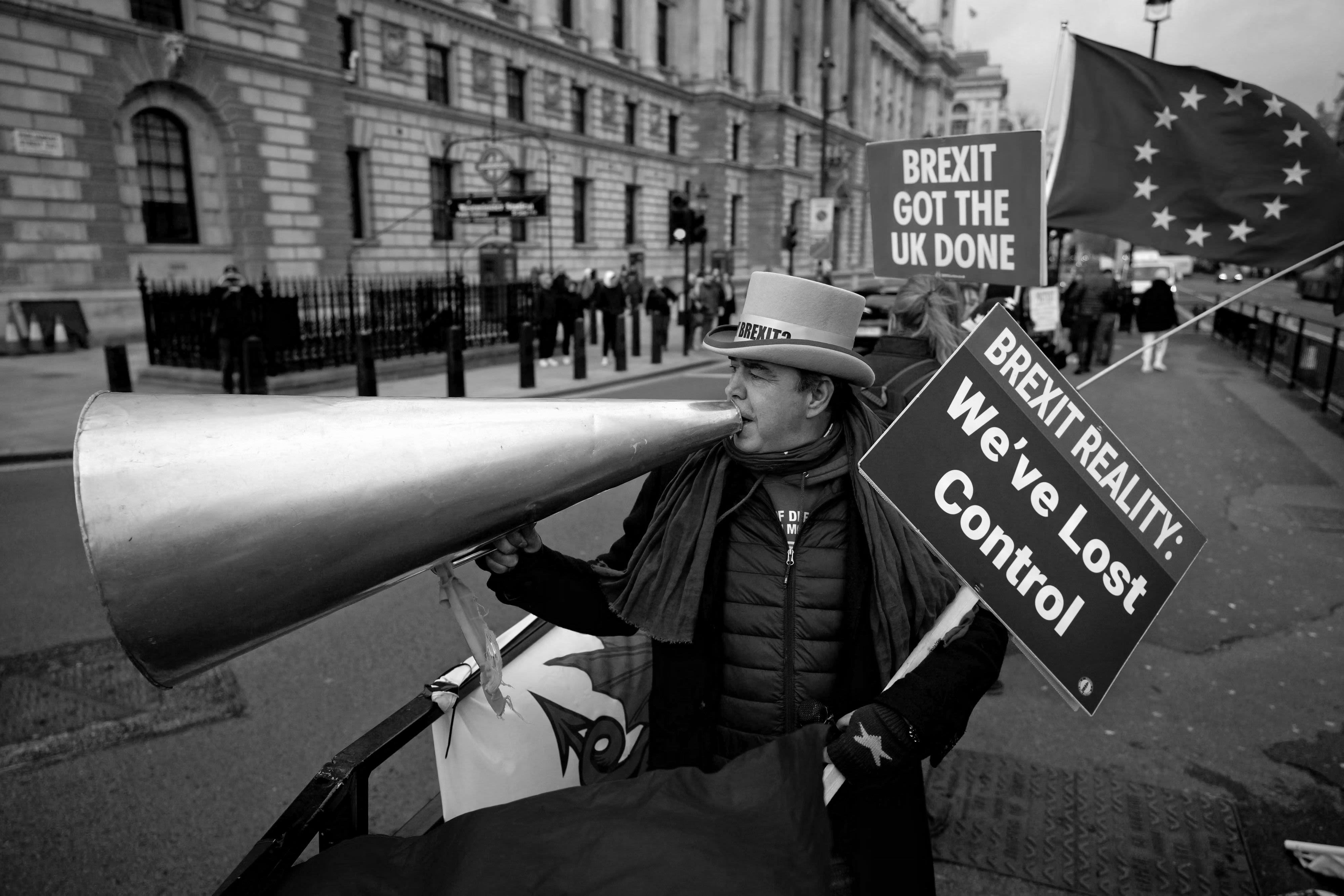
The Soft Machinery of Misinformation
Five years after the UK formally left the European Union on January 31, 2020, the promises of a revived Commonwealth partnership remain largely rhetorical. Visa regimes have barely shifted for non-white Commonwealth nations. Cultural and economic ties are still shaped by legacy hierarchies. What the Brexit campaign sold as a return to familiar global friendships was, in many ways, a myth—carefully crafted to tap into post-imperial longing and racialized belonging.
What was promised as a reconnection with the Commonwealth has, five years on, largely failed to materialize in meaningful policy terms. Most immigration policy changes have favored economic and geographic proximity over historic ties, once again reinforcing selective belonging masked as global friendship.
In this light, the Commonwealth was not just a policy talking point, but a political instrument of misinformation, one that leveraged colonial memory to mask present-day exclusions. By treating nostalgia as truth, and symbolic gestures as policy, the campaign blurred the boundaries between persuasion and propaganda. Understanding these narrative tactics is essential if we are to resist future manipulations of history in service of division.
Produced by: Mudland Democracy Lab
Author: Syed Jazib Ali
Photos: Creative Commons Attribution
This short essay is part of Mudland Democracy Lab’s — Disinformation Section, a growing archive of critical essays that explore how political power reshapes public truth.
From propaganda machines to algorithmic manipulation and strategic erasure, disinformation undermines our shared understanding of nationhood, belonging, and civic participation. Through a diverse range of case studies, this series investigates the global tactics of narrative distortion—and how they are deployed to control, divide, and govern.

